Mohammad Ali Nematollahi
BERT-Deep CNN: State-of-the-Art for Sentiment Analysis of COVID-19 Tweets
Nov 04, 2022Abstract:The free flow of information has been accelerated by the rapid development of social media technology. There has been a significant social and psychological impact on the population due to the outbreak of Coronavirus disease (COVID-19). The COVID-19 pandemic is one of the current events being discussed on social media platforms. In order to safeguard societies from this pandemic, studying people's emotions on social media is crucial. As a result of their particular characteristics, sentiment analysis of texts like tweets remains challenging. Sentiment analysis is a powerful text analysis tool. It automatically detects and analyzes opinions and emotions from unstructured data. Texts from a wide range of sources are examined by a sentiment analysis tool, which extracts meaning from them, including emails, surveys, reviews, social media posts, and web articles. To evaluate sentiments, natural language processing (NLP) and machine learning techniques are used, which assign weights to entities, topics, themes, and categories in sentences or phrases. Machine learning tools learn how to detect sentiment without human intervention by examining examples of emotions in text. In a pandemic situation, analyzing social media texts to uncover sentimental trends can be very helpful in gaining a better understanding of society's needs and predicting future trends. We intend to study society's perception of the COVID-19 pandemic through social media using state-of-the-art BERT and Deep CNN models. The superiority of BERT models over other deep models in sentiment analysis is evident and can be concluded from the comparison of the various research studies mentioned in this article.
CCTCOVID: COVID-19 Detection from Chest X-Ray Images Using Compact Convolutional Transformers
Sep 27, 2022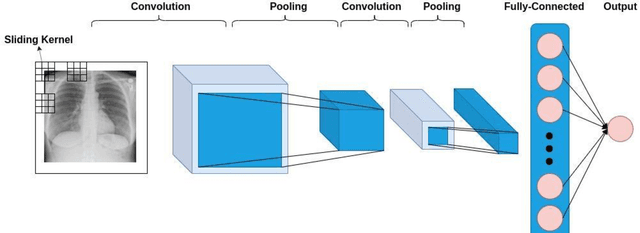
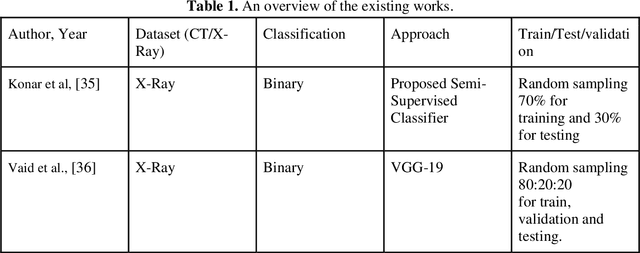
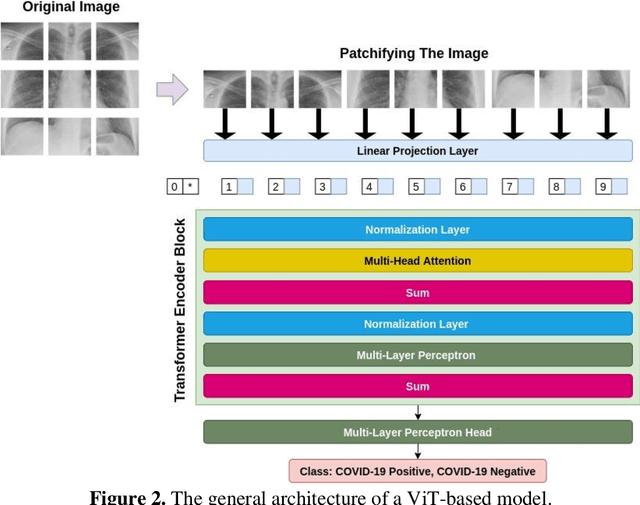

Abstract:COVID-19 is a novel virus that attacks the upper respiratory tract and the lungs. Its person-to-person transmissibility is considerably rapid and this has caused serious problems in approximately every facet of individuals lives. While some infected individuals may remain completely asymptomatic, others have been frequently witnessed to have mild to severe symptoms. In addition to this, thousands of death cases around the globe indicated that detecting COVID-19 is an urgent demand in the communities. Practically, this is prominently done with the help of screening medical images such as Computed Tomography (CT) and X-ray images. However, the cumbersome clinical procedures and a large number of daily cases have imposed great challenges on medical practitioners. Deep Learning-based approaches have demonstrated a profound potential in a wide range of medical tasks. As a result, we introduce a transformer-based method for automatically detecting COVID-19 from X-ray images using Compact Convolutional Transformers (CCT). Our extensive experiments prove the efficacy of the proposed method with an accuracy of 98% which outperforms the previous works.
GSVMA: A Genetic-Support Vector Machine-Anova method for CAD diagnosis based on Z-Alizadeh Sani dataset
Jul 23, 2021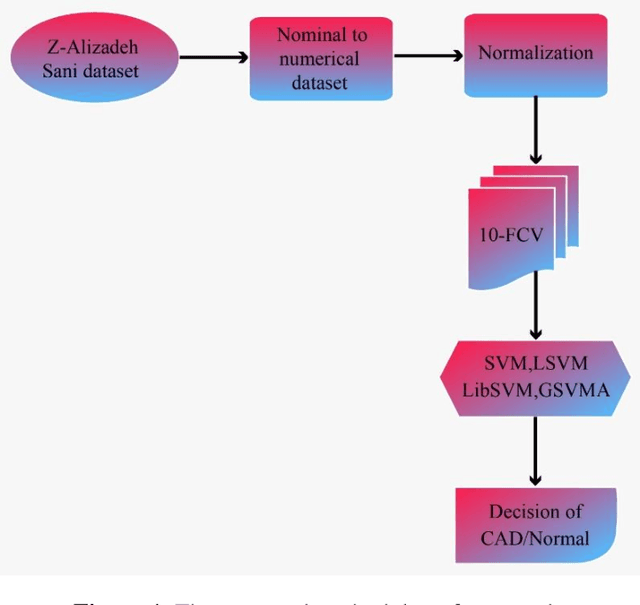
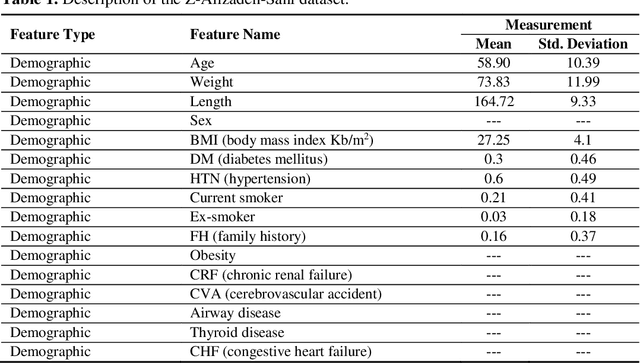
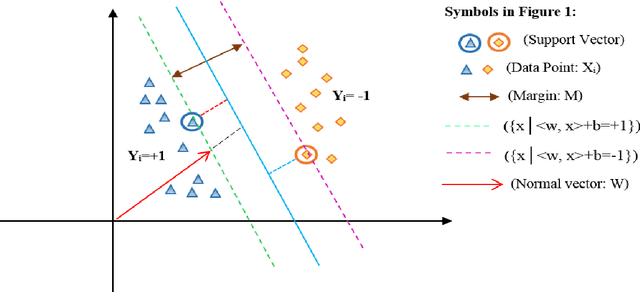
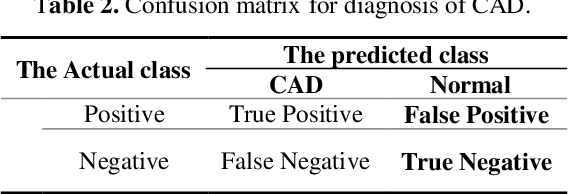
Abstract:Coronary heart disease (CAD) is one of the crucial reasons for cardiovascular mortality in middle-aged people worldwide. The most typical tool is angiography for diagnosing CAD. The challenges of CAD diagnosis using angiography are costly and have side effects. One of the alternative solutions is the use of machine learning-based patterns for CAD diagnosis. Hence, this paper provides a new hybrid machine learning model called Genetic Support Vector Machine and Analysis of Variance (GSVMA). The ANOVA is known as the kernel function for SVM. The proposed model is performed based on the Z-Alizadeh Sani dataset. A genetic optimization algorithm is used to select crucial features. In addition, SVM with Anova, Linear SVM, and LibSVM with radial basis function methods were applied to classify the dataset. As a result, the GSVMA hybrid method performs better than other methods. This proposed method has the highest accuracy of 89.45% through a 10-fold cross-validation technique with 35 selected features on the Z-Alizadeh Sani dataset. Therefore, the genetic optimization algorithm is very effective for improving accuracy. The computer-aided GSVMA method can be helped clinicians with CAD diagnosis.
 Add to Chrome
Add to Chrome Add to Firefox
Add to Firefox Add to Edge
Add to Edge